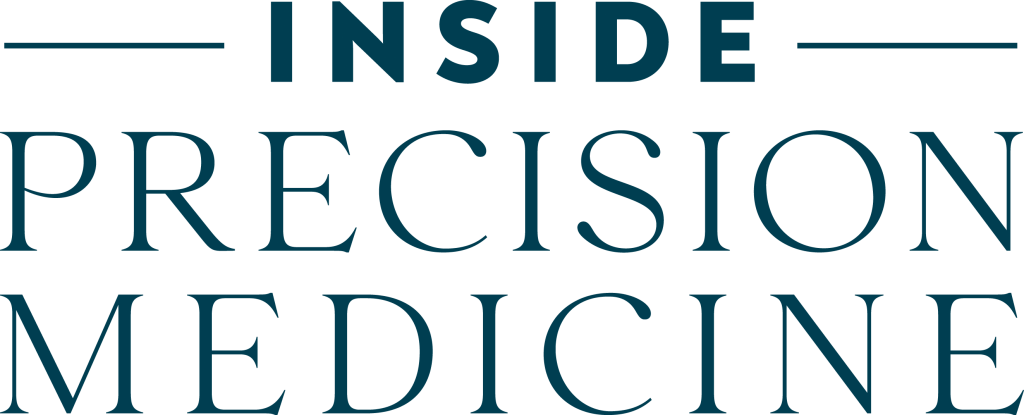
Researchers at the University of California, San Francisco (UCSF) have discovered a new way to stop the growth of some of the deadliest cancers by targeting a protein involved in the production of the cancer-causing MYC protein. This new discovery, published in Nature Cell Biology, shows that another protein called RBM42 is a key player in influencing cells to ramp up production of MYC.
“Now that we can see the machinery that controls the amount of MYC, there may finally be a way to stop it,” said Davide Ruggero, PhD, professor of urology at UCSF and senior author of the study.
MYC is a protein that is overproduced in many cancers and influences tumor growth. It was first identified for its role in cancer in the 1970s by UCSF Nobel laureates Michael Bishop, MD, and Harold Varmus, MD. MYC is a normal protein that only takes on a disease-causing role in cancer.
But, unlike other cancer-causing factors, MYC is not always mutated. Cells can often produce MYC continuously to become cancerous without a mutation in the MYC gene. “Everyone knows how important MYC is for cancer, but there are no drugs to block it,” said Joanna Kovalski, PhD, first author of the paper. “So, we instead looked toward how MYC is actually made.”
This meant looking directly into cancer cells to try to find out the mechanisms of MYC production. Using a CRISPR interference screen in pancreatic cancer to identify the activators of MYC translation, the team found the relative obscure DNA-binding protein RBM42, which is highly expressed in pancreatic cancer and predicts poor survival.
“We show that RBM42 binds and selectively regulates the translation of MYC and a precise suite of pro-oncogenic transcripts, including JUN and EGFR,” the researchers wrote. “Mechanistically, we find that RBM42 binds and remodels the MYC 5′ untranslated region structure, facilitating the formation of the translation pre-initiation complex.”
The research showed that RBM42 doesn’t boost MYC production indiscriminately. Instead, it plays a specific role in the translation of MYC mRNA into the MYC protein. It does so by reshaping the MYC mRNA’s structure, making it more accessible to the ribosomes—the cell’s protein factories. This process is what allows cancer cells to produce large quantities of MYC, leading to rapid tumor growth. When RBM42 was disrupted in lab-grown pancreatic cancer cells, MYC production stopped, and the cells stopped growing.
“MYC is what we see when a cancer is resilient to anything we try to do to defeat them,” said Ruggero. “RBM42 really seems to be the Achilles’ heel for some of the worst cancers.”
Further experiments in mouse models of pancreatic cancer confirmed these results. “When we removed RBM42, the ribosomes stopped making MYC, and the pancreatic tumors stopped growing,” said Kovalski. “Translation control deserves to be front and center in our efforts to treat cancer.”
This discovery is particularly significant for pancreatic cancer, a disease notorious for its resistance to treatment. Further, since MYC is implicated in about 70% of all cancers, including lung, breast, and colon cancers, targeting RBM42 could become a vital approach to attacking treatment resistant disease.
The next step for the UCSF team is to identify and develop small molecule drug candidates that can block RBM42’s function in cancer cells, potentially creating a new class of cancer therapies.















